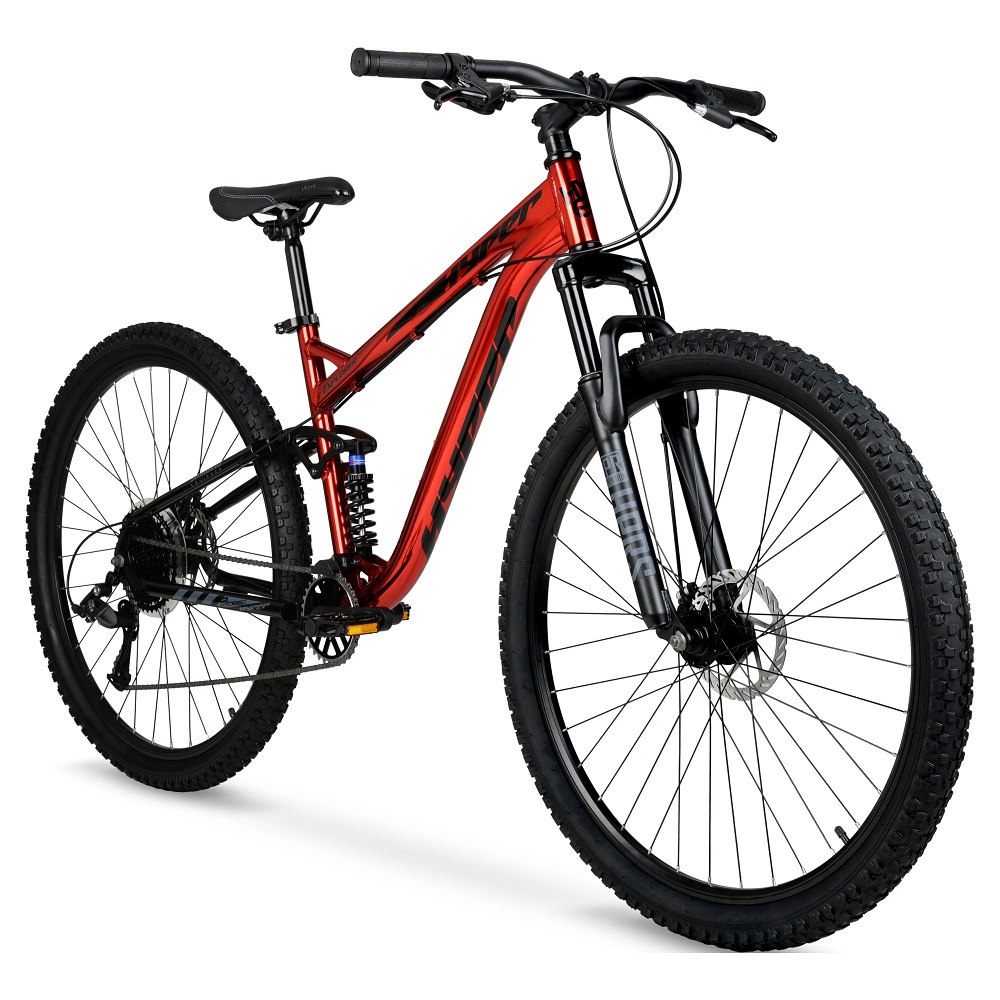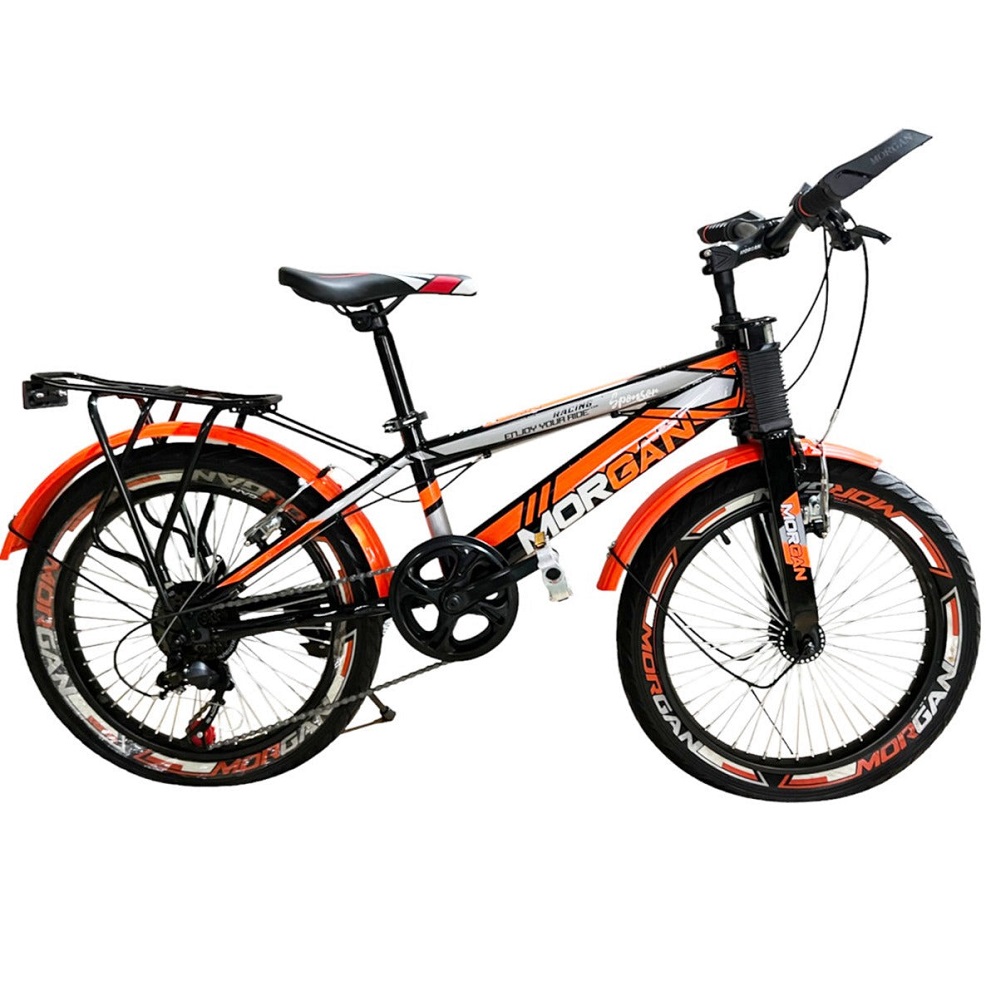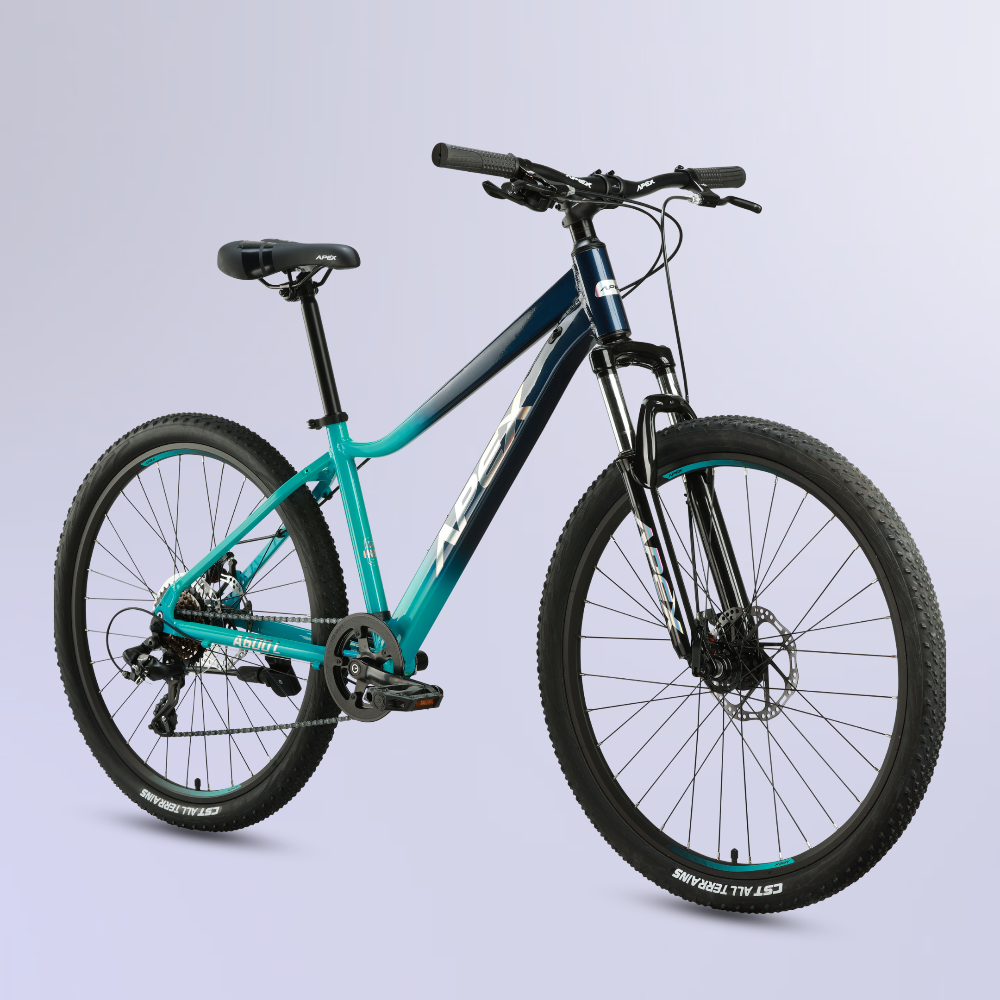Measuring a bicycle is an essential skill for anyone who wants to ensure they ride comfortably and efficiently. Whether you are purchasing a new bike, fitting an existing one, or adjusting components, having accurate measurements is vital. How to Measure Bicycles? In this guide, we will go through each step of the measuring bicycles process systematically. We will cover everything from frame size to wheel dimensions and gear ratios. Knowing how to measure bicycles correctly can enhance your riding experience.
Understanding Frame Size
What is Frame Size?
Frame size is one of the most critical measurements when it comes to bicycles. It largely dictates how you will fit on the bike. A frame that is too big or too small can make riding uncomfortable or even dangerous. Frame sizes are generally categorized based on the length of the seat tube, which is the vertical component of the bike’s frame.
How to Measure Frame Size
To measure bicycles the frame size accurately, you will need a few tools: a measuring tape, a level surface, and a way to ensure the bike is upright. Start by placing the bike on a flat surface. Utilize the measuring tape to find the length of the seat tube. Measure from the center of the bottom bracket to the top of the seat tube. This measurement is usually in centimeters (cm) or inches, depending on the bike.
Importance of Frame Size
Frame size affects your comfort and control while riding. A good fit allows for better power transfer and reduces fatigue. Riders with the correct frame size can maintain an optimal riding position. This can greatly influence your performance during longer rides. If the frame size is incorrect, a rider may experience discomfort, pain, or even injury after extended hours on the bike.
Measuring the Top Tube
Why Measure the Top Tube?
The top tube is the horizontal bar that connects the head tube to the seat tube. Measuring the top tube is important because it contributes to the overall geometry of the bike. A longer top tube provides a more stretched out position, while a shorter one offers a more upright stance. Each rider has unique preferences, which depend on riding style and comfort.
Steps to Measure
To measure the top tube, again utilize a measuring tape. Measure bicycles from the center of the head tube to the center of the seat tube. Make sure the tape is straight and level. Record the measurement in centimeters or inches. This measurement helps define how stretched out a rider will feel while pedaling.
Impact of Top Tube Length
Top tube length affects your riding style. A shorter top tube may benefit a rider who prefers a more aggressive position. Conversely, a longer top tube might suit someone who likes to ride more relaxed. Understanding this can help riders select or adjust their bike to meet personal preferences.
Checking the Seat Height
Why Seat Height Matters
Seat height plays a crucial role in comfort and performance. The right seat height allows for an efficient pedal stroke and reduces the risk of injury. If the seat is too low, it can result in knee pain. On the other hand, a seat that is too high may lead to hamstring issues.
How to Measure Seat Height
To measure seat height, start by adjusting the seat to the desired height. Sit on the bike with your heels on the pedals. Rotate the pedals until one is at the lowest point. If your leg is fully extended without your hips rocking side to side, your seat height should be about right. Measure from the center of the bottom bracket to the top of the seat. Record the measurement for future adjustments.
Adjusting Seat Height for Comfort
Many riders overlook the importance of seat height adjustments. If you feel discomfort while riding, consider fine-tuning the seat. A slight change can make a world of difference. Take time to ride a short distance after adjustments to see if improvements occur. Always listen to your body.
Measuring Handlebar Height and Reach
Why Handlebar Measurements are Important
Handlebars influence your posture and comfort while riding. The height and reach of the handlebars can greatly affect how you position your body during a ride. Incorrect handlebar measurements may lead to wrist or back discomfort, especially on long rides.
How to Measure Handlebar Height
To measure the handlebar height, begin with the bike parked on a flat surface. Use a measuring tape and measure bicycles from the ground to the top of the handlebars. The height should match your riding style. A taller handlebar is suitable for comfort, whereas a lower one is better for speed and control.
Measuring Handlebar Reach
To measure the reach, determine where your hands naturally fall on the handlebars when sitting on the bike. A common method is to measure from the center of the seat to the center of the handlebars. Each rider has different preferences, and experimenting with these measurements can help find an optimal position.
Understanding Wheel Size
Why Wheel Size Matters
The size of the wheels on your bicycles affects many aspects of the riding experience. Wheel size influences speed, stability, and maneuverability. The most common sizes for road bikes are 700c, while mountain bikes often feature 26″, 27.5″, or 29″ wheels. Knowing what size wheels your bike has can help in future replacements.
How to Measure Wheel Size
To measure wheel size, simply look for the information printed on the tire sidewall. Most tires will have their size displayed prominently. Alternatively, you can measure the diameter of the wheel itself. This requires taking the wheel off the bike and measuring straight across from one edge of the rim to the other. It’s best to use a measuring tape for this.
The Impact of Wheel Size on Riding
Different wheel sizes excel in different types of riding conditions. Larger wheels provide better rollover capability and stability, while smaller wheels can make for quicker handling but may struggle over obstacles. Assess your riding environment and style before choosing a bike that matches your needs.
Measuring Chainstay Length
What is Chainstay Length?
The chainstay is the part of the frame that connects the bottom bracket to the rear axle. The length of the chainstay influences stability and handling. Longer chainstays can provide increased stability, while shorter ones can lead to quicker handling and agility.
How to Measure Chainstay Length
To measure the chainstay length, you will need to measure from the center of the bottom bracket to the center of the rear axle. Make sure to have the bike upright and on a flat surface. Using a measuring tape, pull straight from the defined points. Once measured, take note of the length.
Importance of Chainstay Length
Knowing your bike’s chainstay length can impact your riding style. Riders who prefer aggressive maneuvers may prefer shorter chainstays for quick turns. Conversely, those who go on long-distance or stability-minded rides might appreciate longer chainstays. It’s essential to consider your riding needs.
Measuring Crank Length
What is Crank Length?
Crank length refers to the distance from the center of the bottom bracket to the pedal. This measurement plays a significant role in your pedaling efficiency and comfort. Crank lengths usually range from 165mm to 175mm, depending on rider height and leg length.
How to Measure Crank Length
To measure crank length, remove the pedal from the crank arm. Use a measuring tape to measure from the pedal hole to the center of the bottom bracket. Ensure that your tape is straight and align the tape carefully to maintain accuracy.
Why Crank Length is Important
Choosing the correct crank length can enhance your pedaling efficiency. A longer crank may be beneficial for riders with longer legs but may require more energy. In contrast, shorter cranks reduce the pedal stroke’s resistance but offer less leverage.
Gear Ratios Measurement
Why Gear Ratios Matter
Understanding gear ratios is crucial for optimizing your bike’s performance. Gear ratios determine how far the bike travels with each pedal stroke. A higher gear ratio means more speed but requires more effort to pedal. Conversely, a lower gear ratio offers easier pedaling, especially on inclines.
How to Calculate Gear Ratios
To calculate gear ratios, you need to know the number of teeth on both the chainring and the rear cog. The formula is: Gear Ratio = Number of teeth on chainring ÷ Number of teeth on rear cog. This information can often be found on the components themselves.
The Importance of Gear Ratios in Riding
Gear ratios can make a difference in your overall riding performance. Riders can optimize their ratios based on terrain and riding style. Adjustments can lead to more efficient energy use. This can significantly impact long-distance rides or competitive races.
Overall Bike Geometry
Understanding Bike Geometry
Bike geometry encompasses all the various measurements taken from the bike frame and components. Each measurement influences how the bike handles, feels, and rides. Understanding geometry is essential for choosing the correct bike type for your preferred riding style.
Key Components of Bike Geometry
Along with frame size and top tube length, bike geometry also includes measurements like head tube angle, seat tube angle, and wheelbase. Each of these measurements plays a role in how the bike maneuvers, responds, and performs.
Impact of Bike Geometry on Riding Experience
The geometry of your bike directly affects your riding comfort and performance. A bike with a relaxed geometry is better for cruising and long rides, while one with aggressive geometry is more suitable for speed and racing. Understanding these nuances can help choose a bike that truly fits your needs.
Conclusion: Why Accurate Measurements Matter
Accurate measurements are critical for ensuring a great biking experience. Whether you are a casual rider or a competitive athlete, the right fit can enhance comfort, performance, and safety. Understanding frame sizes, wheel sizes, and other essential measurements will guide you in selecting or adjusting your bike. Take the time to measure bicycles accurately. It pays off in the long run and ensures you enjoy every ride to its fullest.
By following the steps outlined in this guide, you can confidently measure bicycles. Whether for personal adjustments or purchasing decisions, measuring accurately is a fundamental aspect of cycling. Remember, a well-fitted bike is not just a luxury—it’s a necessity for any cyclist. Enjoy the ride!





